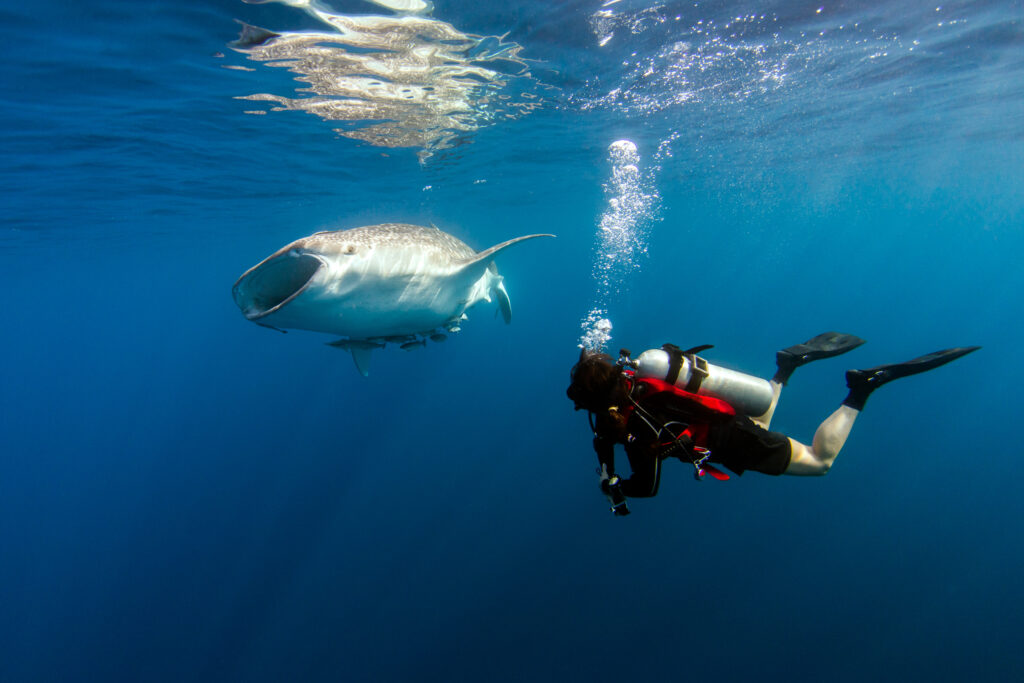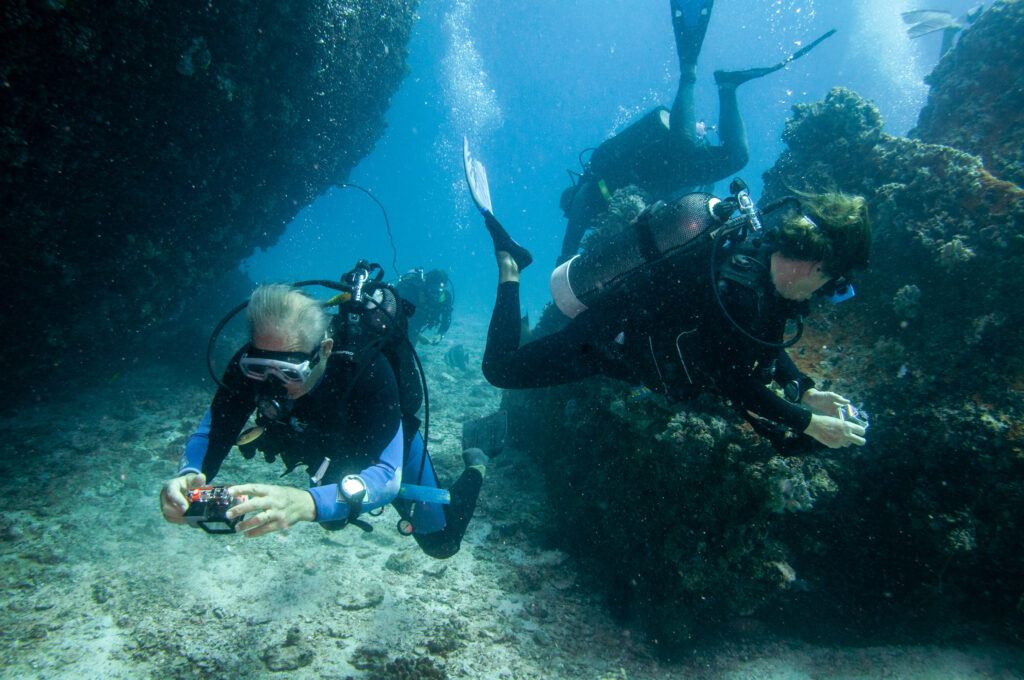What is Vertigo?

Vertigo, a sensation of spinning or dizziness, can significantly impact one’s sense of balance and orientation. In the context of scuba diving, this condition becomes particularly relevant and potentially hazardous. Divers who experience vertigo underwater may struggle with maintaining their equilibrium, which can lead to disorientation and dangerous situations. This article delves into the causes, impacts, diagnosis, prevention, and management of vertigo specifically for scuba divers.
What is a Glowstick?

A glowstick is a self-contained, short-term light source that produces light through a chemical reaction known as chemiluminescence. Originally developed for military and emergency use, glowsticks have become essential tools for various recreational activities, particularly in scuba diving. These devices are popular among divers for their ability to provide reliable illumination underwater, where traditional lighting options may be impractical or unsafe. Glowsticks are valued for their simplicity, durability, and the immediate bright light they emit, which can be critical for safety and communication during night dives or in low-visibility conditions.
What is Equalization when Scuba Diving?

Equalization is a vital process for scuba divers, referring to the act of balancing the pressure of a gas-filled space with the surrounding or ambient pressure. This technique is essential in counterbalancing the increase in water pressure as divers descend and ascend, ensuring a safe and comfortable diving experience.
What is a Squeeze?

In scuba diving, “squeeze” refers to the various types of barotrauma that can occur when air spaces within the body are subjected to pressure changes during a dive. As divers descend and ascend, the pressure exerted by the surrounding water changes, which can cause discomfort or injury if the pressure within the body’s air spaces does not equalize properly. Understanding and managing squeeze is crucial for the safety and comfort of divers, as it can affect various parts of the body including the ears, sinuses, teeth, mask area, and even the suit.
What is a Unbalanced Regulator?

The unbalanced regulator, a once dominant piece of scuba diving equipment, is a technology rooted in the sport’s history. This device, which regulates the high-pressure air from the scuba tank to a breathable pressure for the diver, is distinguished by its susceptibility to changes in tank pressure. Though largely phased out in favor of balanced regulators, the unbalanced regulator remains a key reference point in understanding the evolution of diving equipment and safety.
What is a Depth Gauge?

A depth gauge is a crucial piece of scuba diving equipment that measures and displays a diver’s depth below the water’s surface. Its accuracy and reliability are essential for maintaining diver safety, calculating decompression stops, and monitoring dive profiles. As scuba diving has evolved, so too have depth gauges, with modern devices offering digital displays, enhanced accuracy, and additional features to improve the diving experience.
What is a Valsalva Maneuver?

What is a Valsalva Maneuver? The Valsalva Maneuver, named after Antonio Maria Valsalva, the 17th-century Italian physician who first described it, is a technique commonly used by scuba divers to equalize middle ear pressure during a dive. This maneuver is vital for maintaining ear health and comfort while diving, as failure to equalize pressure can […]
What is a Balanced Regulator?

What is a Balanced Regulator? A balanced regulator is an essential piece of scuba diving equipment designed to help divers maintain a consistent breathing effort regardless of external conditions, such as depth or tank pressure. This innovative device ensures that the diver receives an optimal and smooth air supply throughout the dive, significantly enhancing their […]
What is Ascent when Diving?

Ascent refers to the upward movement a diver makes as they transition from being submerged underwater to reaching the surface. This process is an essential phase in scuba diving, directly impacting the safety and health of the diver. Ascent is not necessarily a straightforward or continuous journey from depth to the surface; it may require planned pauses, known as decompression stops, to help the body adjust to pressure changes and avoid decompression sickness, a condition commonly called “the bends.” In scuba diving, a controlled and deliberate ascent is crucial to maintaining well-being, preventing injuries, and ensuring a safe return to the surface. This article will explore the importance of ascent, its stages, best practices, and the potential risks divers face during this critical part of the dive.
What are Analog Instruments?

What are Analog Instruments? Analog instruments have played a crucial role in the development and practice of scuba diving since its inception. These devices employ a needle that moves around a dial to provide information, such as depth, pressure, time, and direction. As the world becomes increasingly digital, analog instruments continue to maintain their significance […]
